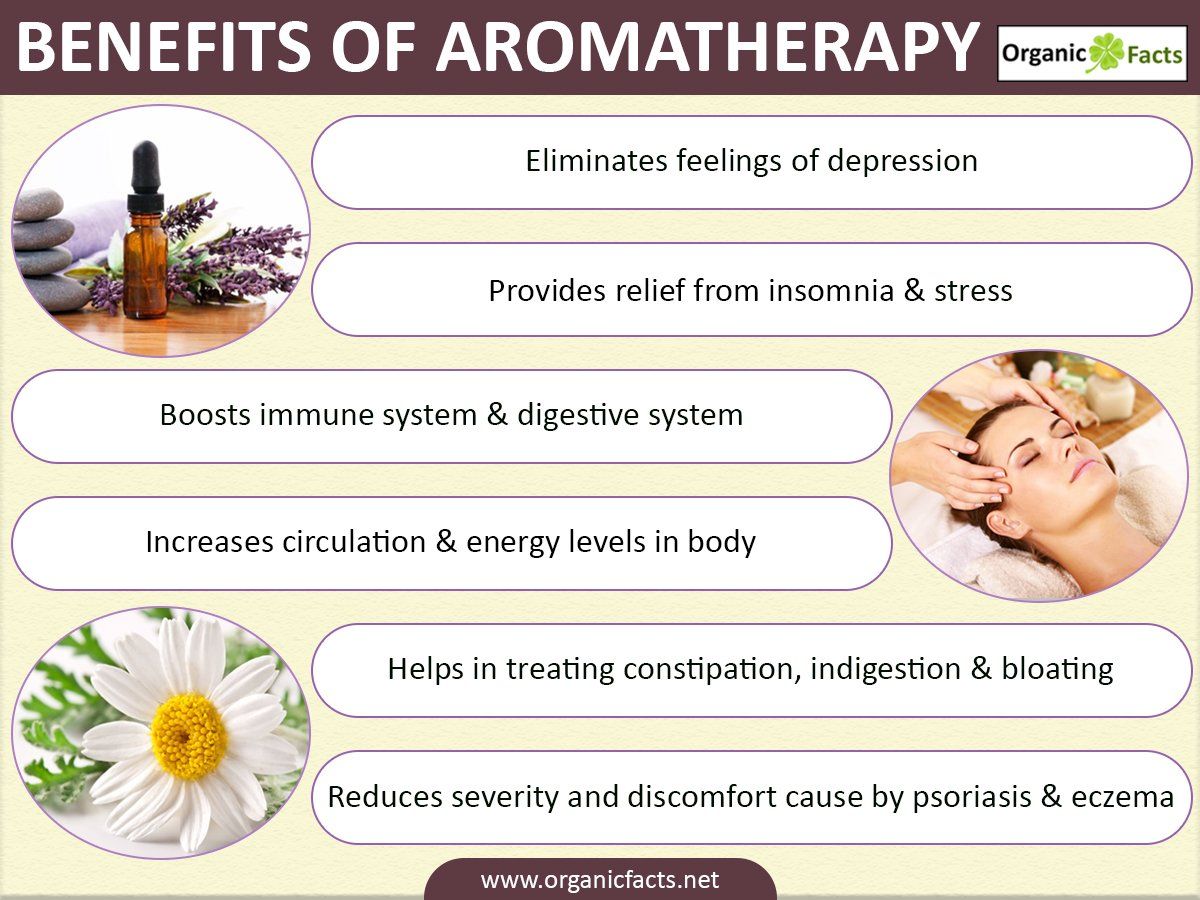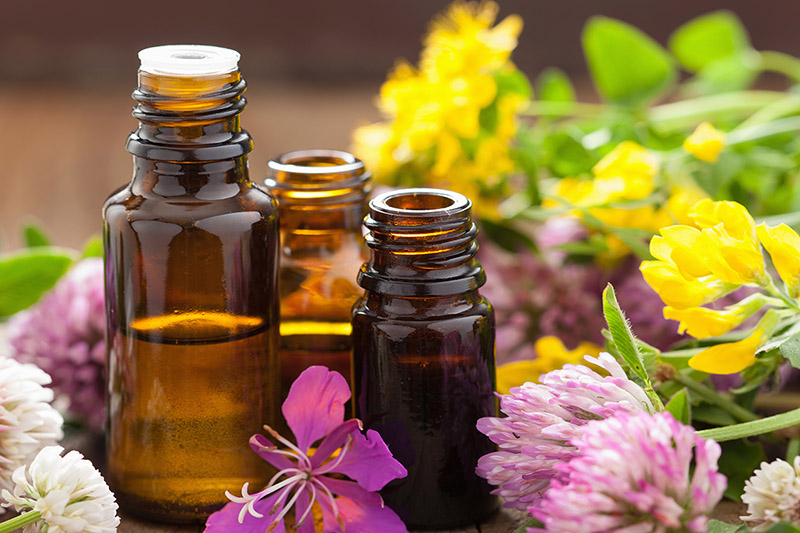Step into the captivating realm of aromatherapy, where the fragrant embrace of essential oils unlocks a world of therapeutic wonders. From ancient rituals to modern applications, aromatherapy has woven its aromatic tapestry through the annals of time, leaving an enduring legacy of healing and rejuvenation.
As we delve into the heart of aromatherapy, we’ll explore the historical roots that have shaped this practice, unravel the secrets behind essential oil extraction, and discover the myriad of application methods that allow us to harness the power of these aromatic treasures.
Aromatherapy History and Origins

Aromatherapy, the therapeutic application of essential oils, has a rich history spanning thousands of years. Its roots can be traced back to ancient civilizations, where fragrant plants were used for medicinal, cosmetic, and religious purposes.
Ancient Cultures and Aromatherapy
- Ancient Egypt:Egyptians used essential oils for embalming, cosmetics, and healing. They believed that certain scents could connect them to the divine.
- Ancient Greece:Greek physicians like Hippocrates and Galen recognized the therapeutic properties of essential oils and incorporated them into their medical practices.
- Ancient Rome:Romans used essential oils in baths, massages, and perfumes. They believed that specific scents could promote relaxation, enhance mood, and improve health.
Evolution of Aromatherapy Techniques
Over time, aromatherapy techniques have evolved, with the development of new methods of extraction and distillation. In the Middle Ages, alchemists played a significant role in refining essential oil production methods.
In the 20th century, French chemist René-Maurice Gattefossé rediscovered the therapeutic potential of essential oils after accidentally burning his hand. This led to a renewed interest in aromatherapy, which has continued to grow in popularity in modern times.
Essential Oils in Aromatherapy

Essential oils, the concentrated essence of plants, are the cornerstone of aromatherapy. These volatile compounds are extracted through various methods to harness their therapeutic properties.
Extraction Methods
Essential oils can be extracted using different techniques, each with its advantages and disadvantages:
- Steam Distillation:The most common method, where plant material is steamed and the resulting vapor is condensed, separating the oil from water.
- Cold Pressing:Used for citrus fruits, where the oil is squeezed out of the fruit’s rind without heat, preserving its delicate aroma.
- Solvent Extraction:Chemicals are used to dissolve the oil from the plant material, which is then removed through evaporation.
Common Essential Oils
A vast array of essential oils is used in aromatherapy, each with unique therapeutic benefits:
- Lavender:Calming, relaxing, promotes sleep
- Peppermint:Invigorating, improves focus, relieves headaches
- Eucalyptus:Decongestant, antibacterial, respiratory support
- Tea Tree:Antiseptic, antifungal, skin care
- Lemon:Uplifting, purifying, immune support
- Rosemary:Stimulating, improves memory, hair growth
Therapeutic Properties
Essential oils exhibit a wide range of therapeutic properties, including:
- Antibacterial:Inhibiting the growth of bacteria
- Anti-inflammatory:Reducing inflammation and pain
- Antifungal:Preventing the growth of fungi
- Antiseptic:Killing or inhibiting the growth of microorganisms
- Antioxidant:Protecting cells from damage
- Sedative:Calming and promoting relaxation
- Stimulating:Invigorating and improving focus
Aromatherapy Application Methods

Aromatherapy can be applied through various methods, each offering unique advantages and targeting specific therapeutic needs. The primary application techniques include inhalation, topical application, and diffusion.
Inhalation
Inhalation is a direct and effective way to experience the benefits of essential oils. It involves breathing in the volatile compounds released by the oils.
- Direct Inhalation:Inhaling essential oils directly from the bottle or cupped hands can provide immediate relief for respiratory issues, headaches, and emotional distress.
- Steam Inhalation:Adding a few drops of essential oils to hot water and inhaling the steam helps clear congestion, soothe sore throats, and promote relaxation.
- Nasal Inhalers:Nasal inhalers containing essential oils offer a convenient and portable way to address nasal congestion, allergies, and headaches.
Topical Application
Topical application involves applying diluted essential oils directly to the skin. This method is ideal for targeted pain relief, skin care, and localized therapeutic effects.
- Massage:Blending essential oils with a carrier oil, such as jojoba or almond oil, creates a massage oil that can soothe muscle tension, promote circulation, and relieve stress.
- Baths:Adding a few drops of essential oils to a warm bath creates a relaxing and therapeutic experience that can alleviate stress, improve sleep, and nourish the skin.
- Compresses:Soaking a cloth in warm water with essential oils and applying it to the affected area can reduce inflammation, promote healing, and relieve pain.
Diffusion
Diffusion is a method of dispersing essential oils into the air, creating an aromatic environment that can influence mood, promote relaxation, and purify the air.
- Electric Diffusers:Electric diffusers use ultrasonic vibrations or heat to release essential oils into the air. They are convenient and can cover a large area.
- Candle Diffusers:Candle diffusers use the heat from a candle to release essential oils. They create a cozy and relaxing atmosphere.
- Reed Diffusers:Reed diffusers use reeds that absorb essential oils and release them into the air by capillary action. They provide a subtle and continuous fragrance.
Aromatherapy for Specific Conditions
Aromatherapy has been employed to alleviate various health conditions for centuries. Modern research supports the efficacy of essential oils in addressing specific ailments, offering a natural and complementary approach to healthcare.
The following table Artikels common health conditions that can be addressed with aromatherapy, along with suitable essential oils and recommended application methods:
| Condition | Essential Oils | Application Methods |
|---|---|---|
| Stress and Anxiety | Lavender, Bergamot, Chamomile | Diffusion, Inhalation, Topical application |
| Headaches and Migraines | Peppermint, Eucalyptus, Lavender | Topical application, Inhalation |
| Sleep Disturbances | Lavender, Chamomile, Valerian Root | Diffusion, Inhalation, Topical application |
| Nausea and Vomiting | Ginger, Peppermint, Lemon | Inhalation, Topical application |
| Skin Conditions (e.g., Acne, Eczema) | Tea Tree Oil, Lavender, Chamomile | Topical application, Steam inhalation |
| Muscle and Joint Pain | Eucalyptus, Rosemary, Peppermint | Massage, Topical application |
| Respiratory Conditions (e.g., Colds, Flu) | Eucalyptus, Peppermint, Tea Tree Oil | Diffusion, Steam inhalation |
| Digestive Issues (e.g., Indigestion, Bloating) | Ginger, Peppermint, Fennel | Inhalation, Massage |
Scientific studies and research have supported the use of aromatherapy for specific conditions. For instance, a study published in the journal “Phytotherapy Research” found that lavender oil inhalation significantly reduced stress and anxiety levels.
Another study published in the journal “Headache” demonstrated the effectiveness of peppermint oil in reducing the severity and duration of migraines.
It’s important to note that aromatherapy should not replace conventional medical treatment. Always consult a healthcare professional before using essential oils, especially if you have any underlying health conditions or are taking medications.
Safety Considerations in Aromatherapy
While aromatherapy offers numerous benefits, it’s essential to be aware of potential risks and contraindications. Understanding these safety considerations is crucial for the safe and effective use of essential oils.
Aromatherapy involves using concentrated plant oils, which can be potent and may interact with medications or underlying health conditions. It’s important to consult with a qualified healthcare professional before using essential oils for therapeutic purposes.
Contraindications
- Pregnancy:Some essential oils, such as clary sage and rosemary, can stimulate uterine contractions and should be avoided during pregnancy.
- Epilepsy:Certain essential oils, like eucalyptus and peppermint, may trigger seizures in individuals with epilepsy.
- Asthma:Oils like eucalyptus and tea tree can worsen asthma symptoms by causing airway constriction.
- Skin Sensitivity:Essential oils can cause skin irritation or allergic reactions in some individuals.
Safe Usage Guidelines
- Dilution:Always dilute essential oils with a carrier oil, such as jojoba or coconut oil, before applying them to the skin.
- Avoid Ingestion:Essential oils are not meant to be ingested and can be toxic if swallowed.
- Limited Exposure:Avoid prolonged exposure to essential oils, especially through inhalation or direct skin contact.
- Storage:Store essential oils in a cool, dark place away from children and pets.
Final Summary
Aromatherapy’s enchanting embrace extends far beyond its aromatic allure. It’s a journey of self-discovery, where the symphony of scents guides us towards balance, well-being, and a profound connection with the natural world. As we close this chapter, may the fragrant memories of our exploration continue to linger, inspiring us to incorporate the transformative power of aromatherapy into our daily lives.